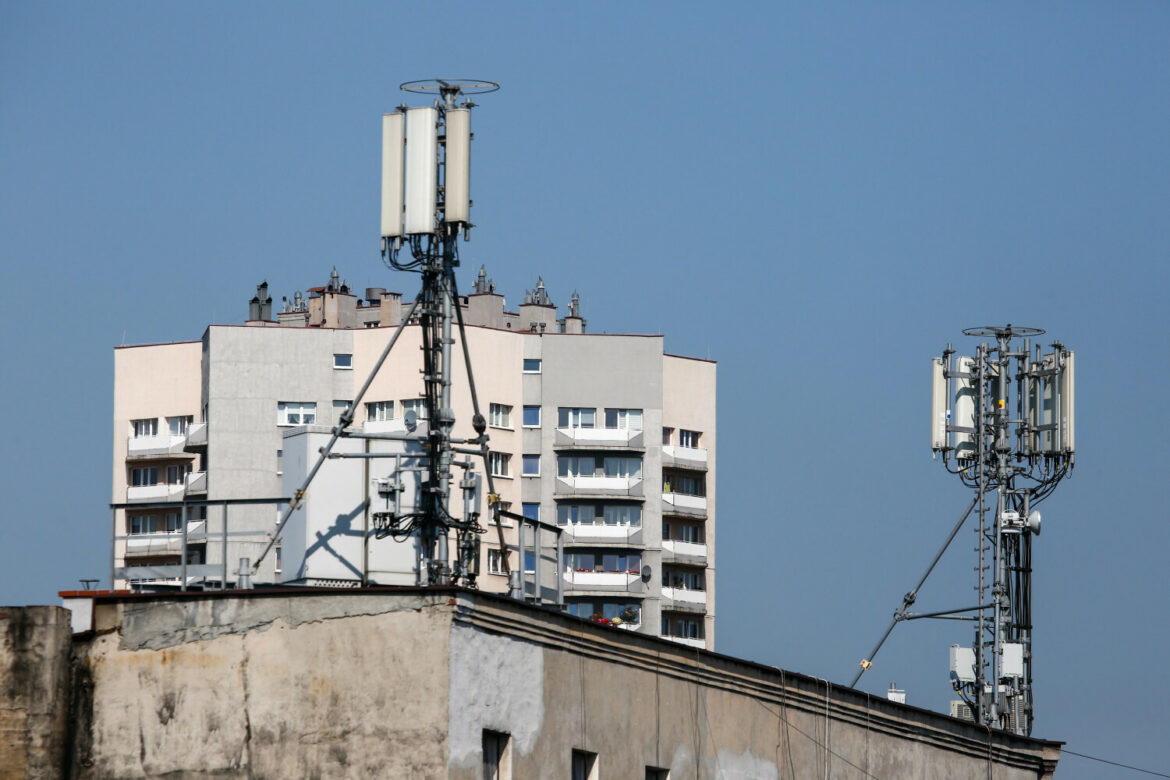Scientists from the Warsaw University of Technology are working on a material that suppresses harmful microwave radiation. The electrosmog protection material should be cheap, light and flexible enough to be easily adapted to different products.
The project “Thermoplastic nanocomposites for effective suppression of microwave radiation” carried out at the Faculty of Physics of the University of Warsaw deals with electromagnetic radiation emitted by devices and electronic systems. Some waves are useful, e.g. in cell phones. But there is also unwanted radiation, often referred to as junk radiation.
“We deal with it when one device generates such radiation that harms another item next to it. There are also studies that show that certain types of radiation negatively affect living organisms, including humans”, says Prof. Mariusz Zdrojek from the Faculty of Physics of the Warsaw University of Technology.
Scientists from his team decided to focus on a very specific type of electromagnetic radiation – microwave radiation. It is used in cell phones, GPS, Wi-Fi and radars.
The material that scientists are working on is a composite of several components allowing to the creation of raw material with new properties that none of its components has. Graphene flakes play a key role in this solution. Thanks to them the material so effectively absorbs electromagnetic radiation.
Scientists want to implement their idea without building new factories or completely reorganizing production lines. They are currently testing simple applications with industrial partners to verify the technology is ready to market – covers for electronic devices and cables, as well as coatings for electric contact, and ends.
Arkadiusz Słomczyński





